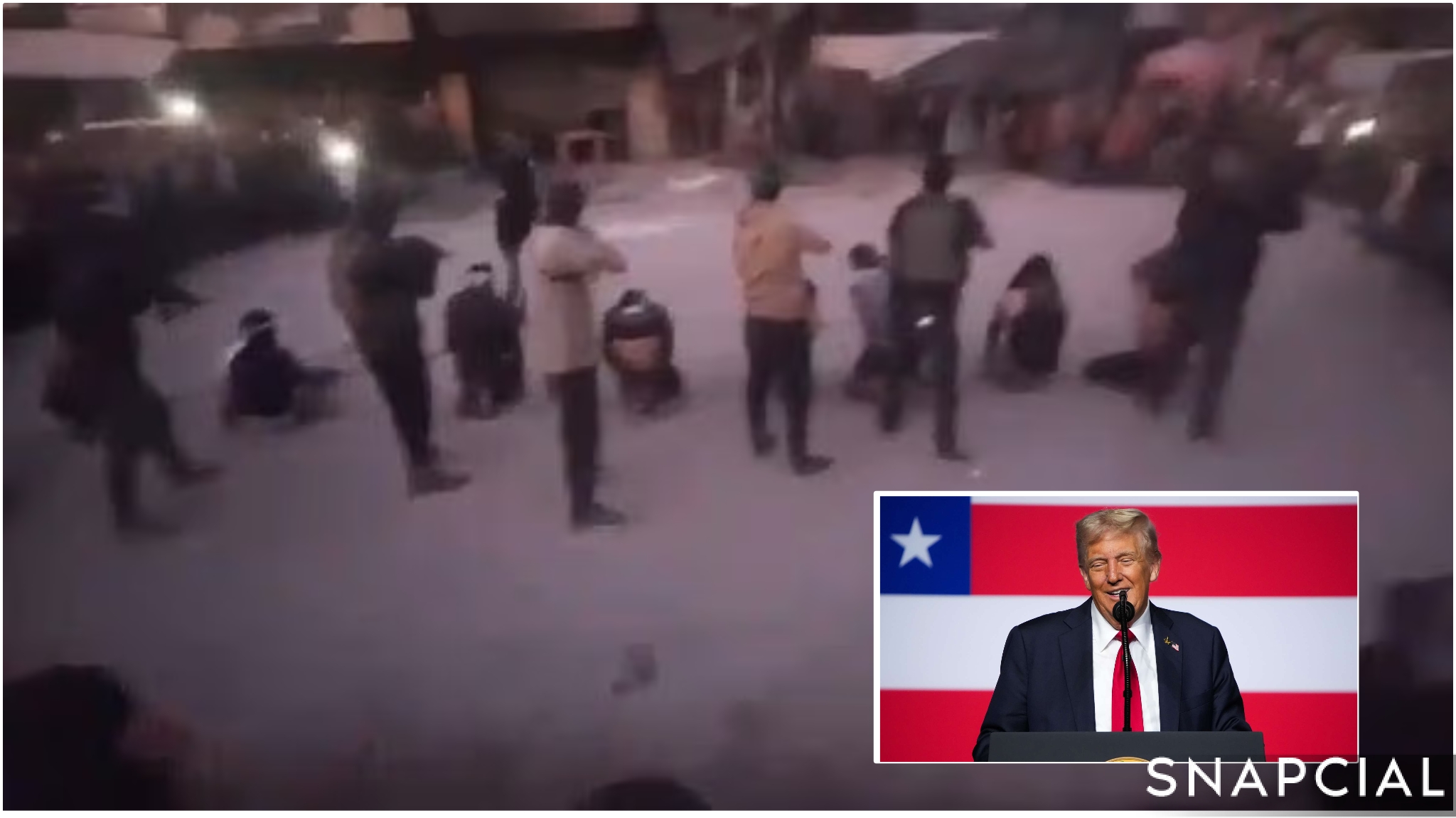NEWS
Trump Peace Deal Collapsing? Hamas executes ‘collaborators’ in Gaza and clings to power amid fears peace deal is already at risk

In the wake of a U.S.-brokered ceasefire between Hamas and Israel, troubling reports have surfaced: masked Hamas security forces have begun targeting Palestinians accused of collaborating with Israel. Videos have emerged showing men described as “collaborators and outlaws” kneeling, blindfolded, and then being executed in public.
At the same time, Hamas is reasserting its authority across Gaza. Armed clashes are breaking out with local clans and rival factions, police and fighters are back on the streets in force, and the group is making clear it intends to maintain — or even deepen — its control.
Why This Matters: Peace Deal in Peril
This crackdown exposes deep tension in the peace process. The ceasefire agreement includes terms that envision Hamas disarming, relinquishing some control, and allowing an international or technocratic body to play a role in governance.
Yet, by publicly executing alleged collaborators and continuing to deploy force against those seen as threats (including militant clans), Hamas appears to be resisting real relinquishment of its own power.
Observers worry that these acts will not only violate the spirit of the agreement but could also provoke retaliation, mistrust, and collapse of the deal altogether.
Reactions & Risks
- Domestic Fear & Resentment: Many in Gaza express fear. Public executions, often with little visible due process, stir resentment, grief, and terror among ordinary people who worry they could be next for unproven allegations.
- International Alarm: Human rights organizations and outside governments are raising concerns that these are extra-judicial killings and potential violations of the ceasefire’s terms.
- Undermines Credibility: For peace to hold, Hamas needs to show it is serious about disarmament and governance. Actions like these raise questions over whether the group can be trusted to comply with agreements.
- Destabilizing Power Struggles: Rival clans, militias, and even civilian groups are increasingly being caught between fear of Hamas reprisals and the need for stability. If rival armed groups feel threatened, they may resist — possibly leading to open infighting.
What To Watch
- Enforcement of the Peace Deal: Will Hamas be pressured — by mediators, regional players, or international actors — to stop these public executions and abandon repressions?
- Disarmament Progress: The peace plan’s viability rests heavily on whether Hamas begins disarming and allows security to be shared or transferred. Resistance here could fatally damage the deal.
- Israel’s Response: If Hamas is seen as violating the deal, Israel may reimpose military pressure — or threaten to do so — which could reignite conflict.
- Humanitarian Impact: As Gaza remains devastated from years of conflict, continued internal violence complicates aid delivery, rebuilding, and day-to-day safety for civilians.
Final Thoughts
The peace deal seemed like a breakthrough — a chance for a break after years of suffering. But the execution of alleged collaborators so soon after the ceasefire agreement serves as a warning: power is not being let go easily.
Hamas may view these actions as necessary for internal control; but they risk unraveling trust and legitimacy. For the deal not to collapse, all parties will need to curb reprisals, show commitment to rules, and prove that peace isn’t only about ending violence, but about building justice and accountability.
Without that, this fragile truce could be just another pause before the next round.












